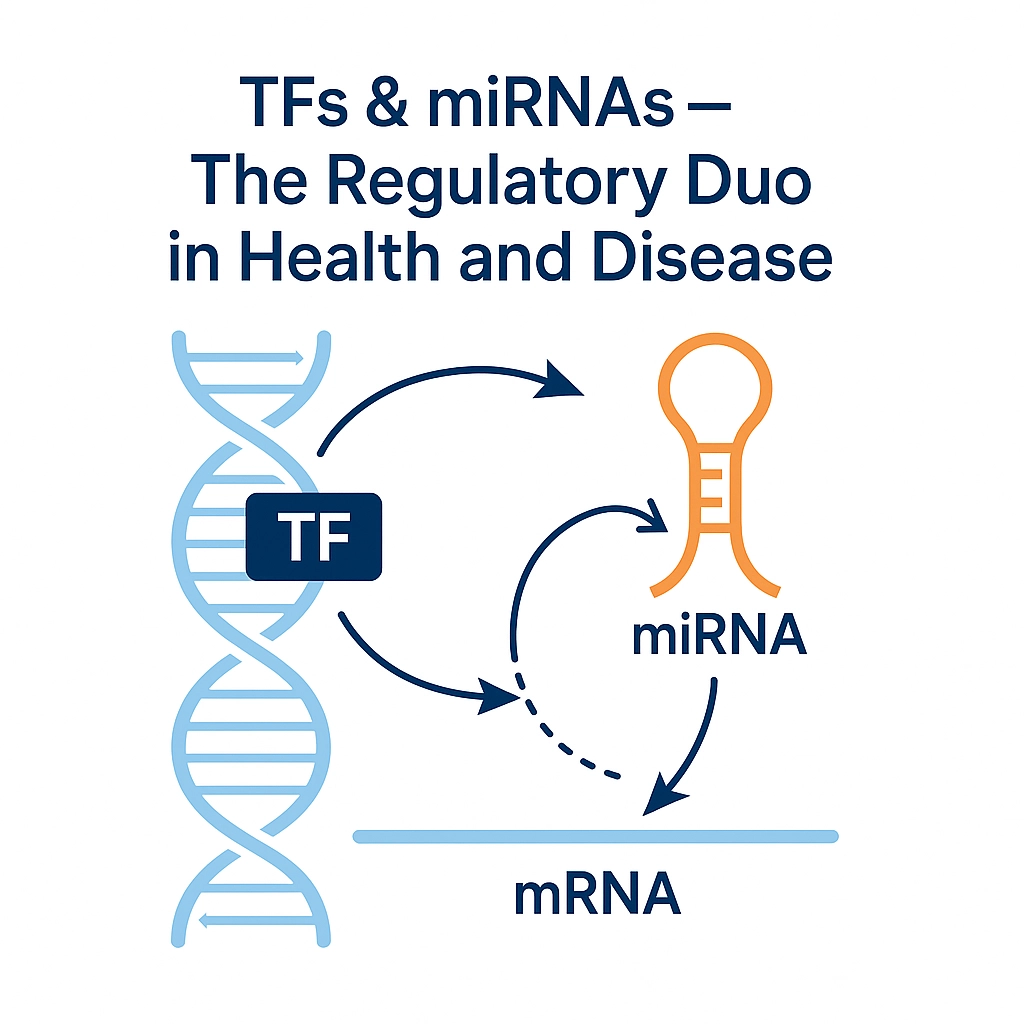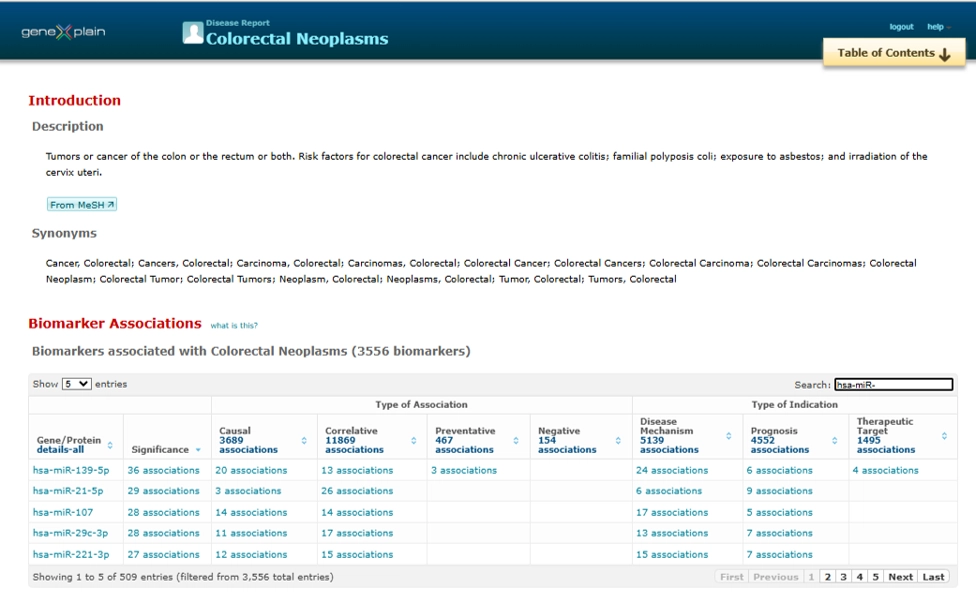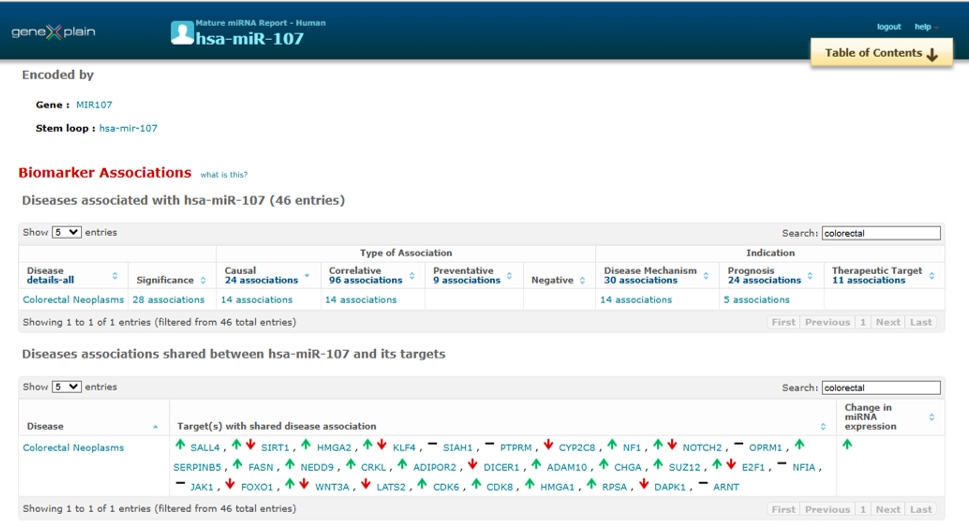Who came first – Transcription Factors or miRNAs? Exploring their intertwined roles
Transcription factors (TFs) and microRNAs (miRNAs) work hand-in-hand to control how genes are turned on or off — determining everything from cell growth to disease progression.
When these regulatory circuits malfunction, the consequences can be severe — leading to cancer, cardiovascular, neurodegenerative, or autoimmune diseases.With TRANSFAC®, researchers can explore hundreds of curated TF–miRNA interactions and their disease associations to identify novel biomarkers and therapeutic targets.

Two Layers of Genetic Control
Both TFs and miRNAs are central players in gene regulation — but they operate at different stages.
These two systems don’t act in isolation — they interlock through multiple feedback and feed-forward loops.
Key Regulatory Motifs: Feedback and Feed-Forward Loops
1. Feedback Loops
A transcription factor can activate a miRNA that, in turn, suppresses the TF itself — forming a negative feedback loop that maintains balance.
Example: The E2F–miR-17-92 loop, which keeps cell-cycle progression under tight control.
2. Feed-Forward Loops
Here, a TF activates both a target gene and a miRNA that represses that same gene — adding precision to timing and strength of expression.
Example: c-Myc → miR-17-92 → E2F1, ensuring controlled cell proliferation.
These motifs together create robust, self-regulating systems that adapt to environmental and developmental signals.
When Regulation Fails: The Link to Disease
When TF–miRNA circuits are dysregulated, the outcome can disrupt cellular homeostasis and trigger disease:
Understanding these mechanisms enables researchers to identify disease-specific biomarkers and potential therapeutic targets.
Exploring TF–miRNA Networks with TRANSFAC®
TRANSFAC® offers curated, experimentally validated data connecting TFs, miRNAs, and disease phenotypes.
For humans, the database includes:
These are further complemented by TRANSFAC® Diseases, which links each regulatory component to disease-biomarker associations — classified by:
Example: Colorectal Neoplasm ReportIn the Disease Report for Colorectal Neoplasm, TRANSFAC® lists associated miRNAs (e.g., hsa-miR-107) and their relationship to TFs and other targets — annotated with their disease relevance.


This enables researchers to quickly connect regulatory circuits to clinical insights.
Conclusion: Turning Networks into Discoveries
TFs and miRNAs form a hidden regulatory web that defines cellular identity and disease behaviour.
By leveraging TRANSFAC®, scientists can:
Explore TRANSFAC® to uncover the deeper layers of gene regulation and accelerate your research.
Frequently Asked Questions (FAQ)
1. What are transcription factors (TFs)?
Proteins that bind specific DNA sequences to activate or repress transcription — the “conductors” of gene expression.
2. What are microRNAs (miRNAs)?
Small non-coding RNAs that fine-tune gene expression after transcription by silencing mRNAs.
3. How do TFs and miRNAs interact?
They form feedback and feed-forward circuits that regulate timing and balance of gene expression.
4. Why are TF–miRNA interactions important in disease?
Because their dysregulation underlies major pathologies — from cancer to cardiovascular and autoimmune diseases.
5. What role does TRANSFAC® play?
It integrates TF–miRNA networks and disease associations into a single platform, empowering discovery of novel biomarkers and therapeutic targets.
